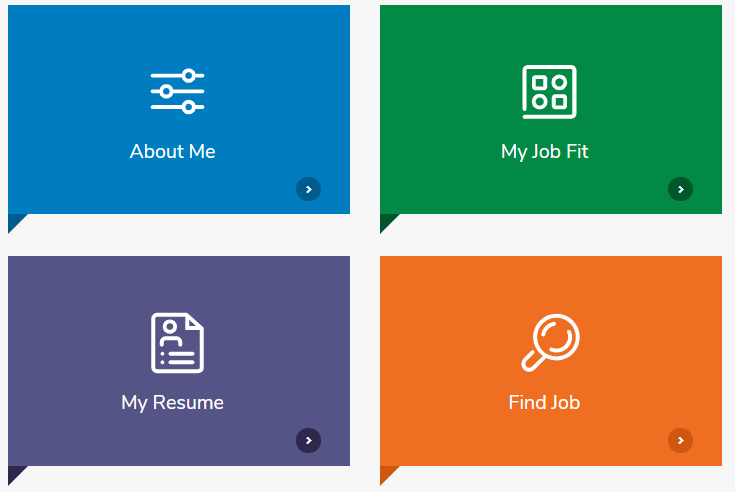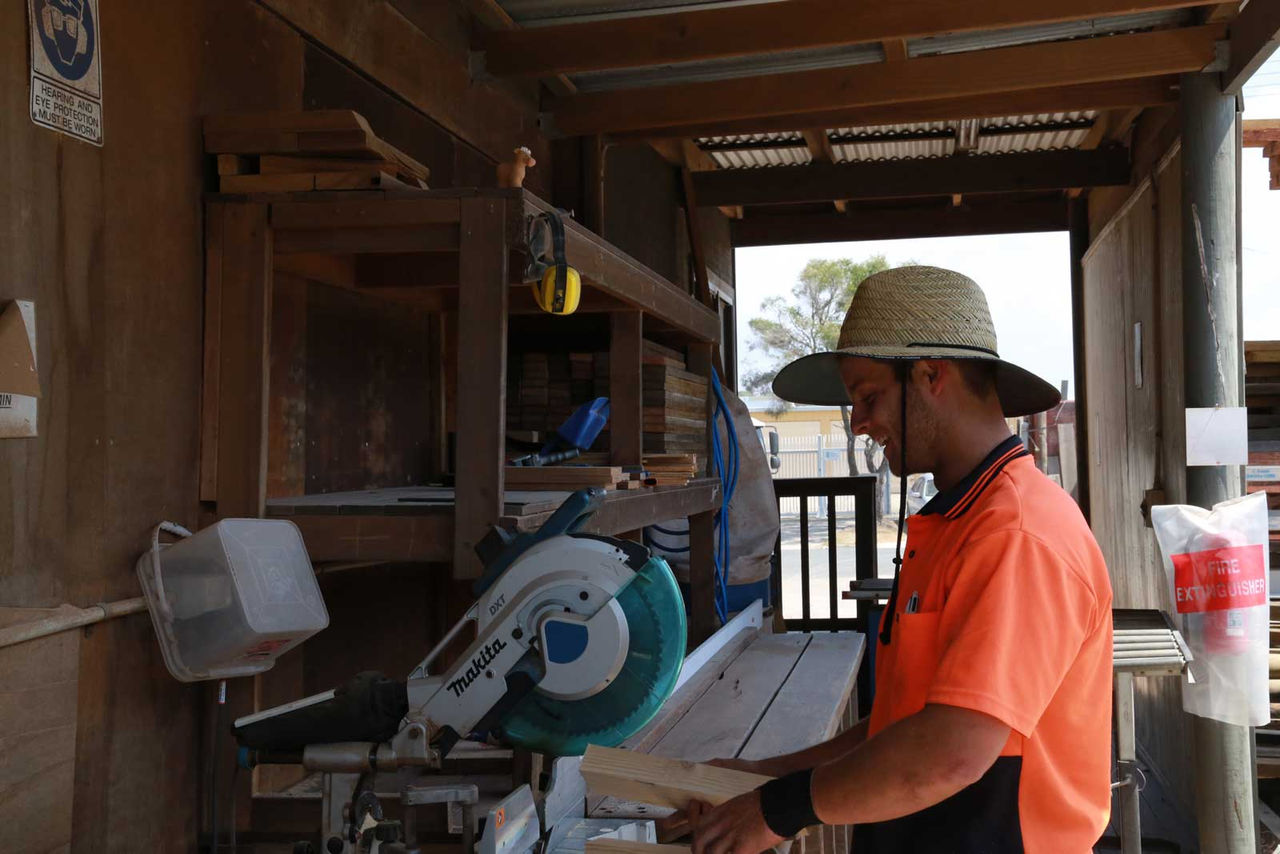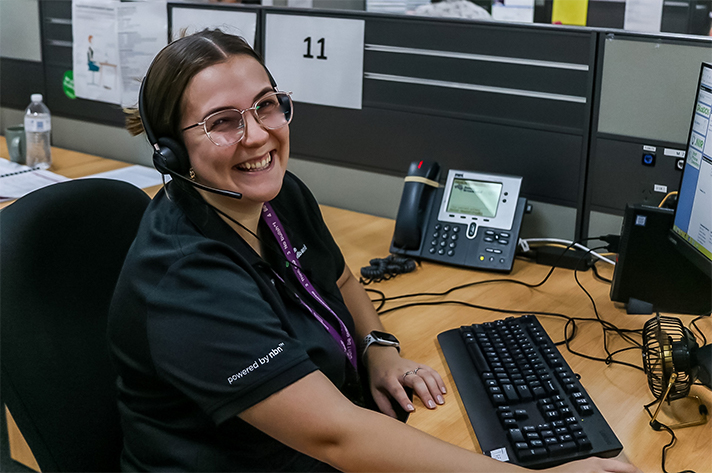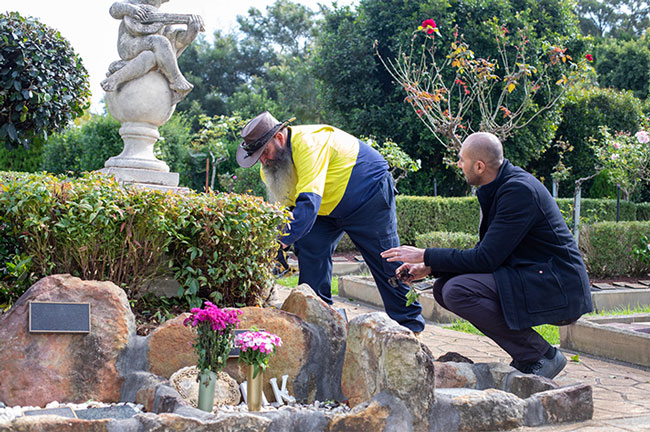Supporting your remote workers
Published by MAXSolutions on February 22, 2024

Organisations have more reasons to support remote work and work from home than ever before.
Many organisations have noticed costs savings from having less office space and others have noticed greater engagement, productivity and satisfaction from workers who have the flexibility to work from home.1
These organisations then ask how they can best support remote workers; how can they ensure they are well, safe and productive?
Researchers have established that employees with greater autonomy, that is the independence to choose when, where and how they wish to work, have better productivity, lower job stress and better job satisfaction2.
So, trusting employees to do their jobs is crucial.
In fact, allowing them to choose their ideal work conditions is key.
This requires managers to focus on output rather than the hours that someone works3.
Many remote workers, however, can struggle to stop working and to have a boundary between work time and personal time - much more than their office-bound colleagues - so it is important managers are aware and proactive in providing supports to avoid burnout.
Communication is important
Communication can be more difficult among remote workers.
Workers who share a workplace have an increased frequency of communication; much of which is incidental.
As communication is key to most work tasks, it is important for managers supporting remote workers to have good communication4.
Specifically, good communication is frequent (daily or weekly), transparent (clearly explained), two-way (encouraging your employees to share) and consistent (the message is the same throughout the organisation).
Remote workers especially appreciate efforts to keep them safe both physically and mentally.
Social isolation was found to be more challenging for remote workers.
Managers who check in regularly with their employees were able to reduce the isolation of their workers and increase trust, and communication.4
Some remote teams have become very creative in the ways in which they maintain connection and communication with each other.
Tips to support your remote workers
- Walk and talk meetings: can your daily or weekly meetings be conducted while you are walking the dog? Or walking/sitting in a scenic location?
- Virtual group fitness sessions (like yoga) that require little to no equipment
- Team fitness goals like walking 10,000 steps a day
- Healthy recipe swaps
- Encourage people to take time away from work when unwell
- Create laughter: Task the team with finding a joke to share in meetings as an icebreaker. Some people won’t like to tell the joke, but they may be happy to find one for someone else to tell.
- Limit the time of virtual meetings so people get a break. Or end meetings early on purpose so people have10-15 minutes of unscheduled time, invite them to call a loved one, touch grass or drink water.
- Have a meeting-free day scheduled each week.
- Ask and actively listen to what will help workers be more productive, have flexibility, have boundaries between work and personal lives, and improve their wellness. Support as many of their suggestions as you can
- Support workers to take time away from work, to attend to family, friendships, and holidays.
- Schedule virtual social events where work talk is discouraged. People can share local events, weather, pets, and holiday plans.
- Mail a care package: water bottle, movie tickets, socks, candles, a silly game
- Encourage learning: celebrate a team member who is learning something: a language, how to bake a sponge cake, how to do a headstand, how to juggle, how to surf, how to do a card trick or magic trick, how to train your dog to walk at heel/sit/stay, how to say a tongue twister.
- Spend time outdoors in nature – share photos with the team
The suggestions above won’t work for everyone in every team; it’s important to consider what will work best for you and your circumstances, and most importantly, allow your team to choose what they think will work best for them.
Workers who perceive that they are supported by their organisation have an increased sense of belonging.
Giving quality feedback and support in the context of challenges can strengthen their commitment to their organization and can lead to improved performance5.
If you would like some tailored and specific advice about supporting your remote team contact your EAP on 1800 629 277 in Australia or 0800 327 669 in New Zealand or email support@maxsolutions.com.au
References
1. Let Employees Choose When, Where, and How to Work (hbr.org)
2. Staples, D.S. (2001) A Study of Remote Workers and Their Differences from Non-Remote Workers; Journal of Organizational and End User Computing, 13(2) DOI: 10.4018/joeuc.2001040101
3. Johannsen R and Zak PJ (2020) Autonomy Raises Productivity: An Experiment Measuring Neurophysiology. Front. Psychol. 11:963. doi: 10.3389/fpsyg.2020.00963
4. Bell, C. J. (2020). Feeling remote: Factors influencing isolation in remote workers (Doctoral dissertation, Middle Tennessee State University).Feeling Remote: Factors Influencing Isolation in Remote Workers
5. Blavo, Y., Lordan, G., & Virhia, J. (2023). Supporting productivity with a ‘remote-first’ approach. California Management Review.
Share
Tags
Found this useful?
Help and advice
Our blogs are about helping people seek the information that they need for their steps in the workforce.














_1.jpg)





























.jpeg)

















